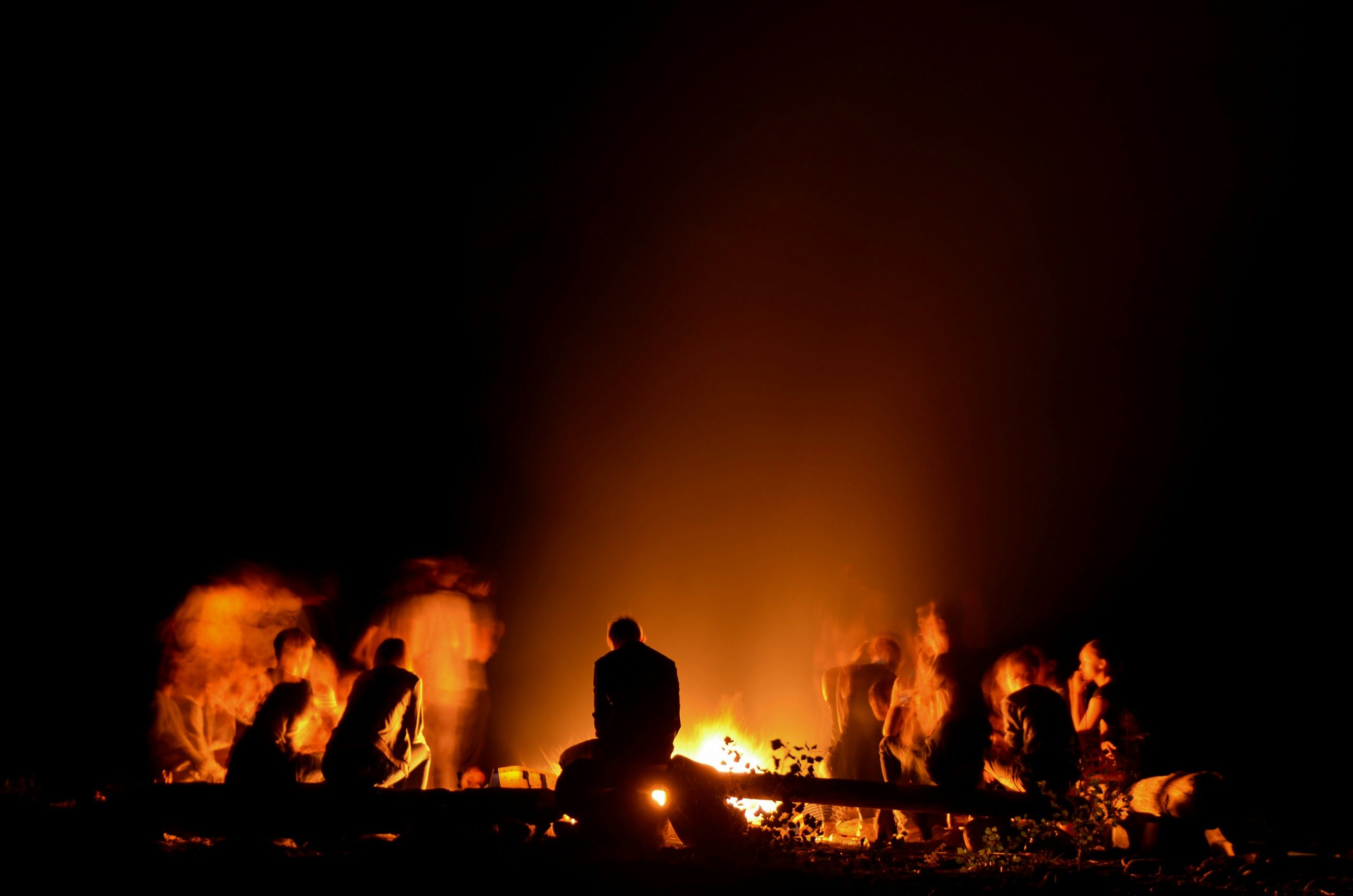What “how to” are you looking to answer in your next experience?
The WXO Campfires were created to help experience innovators the world over answer their big “how to” questions – whether that’s how to make money, how to change people’s lives, or ultimately how to build better experiences.
So as Season 9 of our digital talks and workshops comes to a close – a series in which we welcomed insights from iconoclast storytellers, digital pioneers, costume designers, operations masterminds and CEOs on topics from making money to making merch – we’ve rounded up some of the key “how to” insights that might help shape your future experiences.
Find the top 10 lessons across the Art, Science and Business of Experience that we learned below – and don’t miss the start of Season 10 in April 2024. We’ll also be exploring similar ideas in the second World Experience Summit, taking place in New York this June – be the first to know when we release tickets here.
1. How To Get Funding For Your Creative Idea
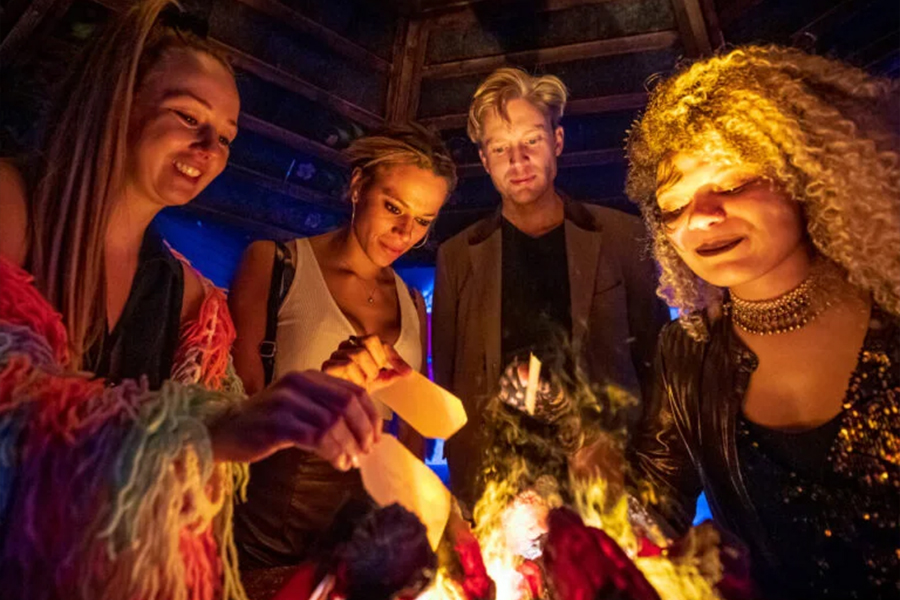
So you’ve got your vision, your values, and your plan. Now comes the tricky bit: getting the funding to make your experience a reality. When seeking funding for Wake The Tiger, the world’s first “amazement park” in Bristol, UK, Co-Founder Graham MacVoy learned the following tips:
- Resilience! He kept pitching over and over again, sometimes for 8-9 months, as an investor might be useful further down the line.
- Looking for investors with similar values. Being honest about yourself, resonating and building trust were very important.
- Once the initial, highest-risk investor was secured, it became easier to get others on board.
- Having a good, concise pitch deck of no more than 10 minutes, that was clear on what they were selling.
- Learning to avoid venture capitalists (VCs), for whom it was too early to invest and who were largely more interested in tech.
Find more of MacVoy’s tips in 3 Worldbuilding Lessons From Wake The Tiger.
2. How To Make Financially Sustainable Experiences
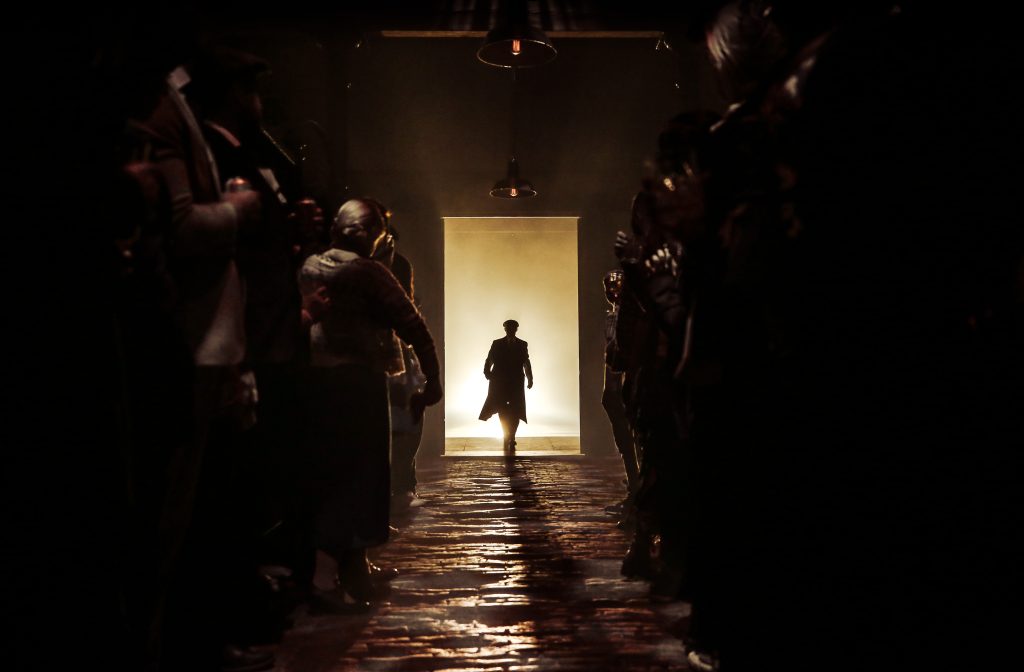
How do you make an experience with real sticking power? From Punchdrunk to Peaky Blinders, TRANSFIX to Rumble in the Jungle: Rematch, in the last two years alone we’ve seen some incredible experiences fly artistically, but flounder financially. And whether you’re working in b2b or b2c experiences, making an experience that lasts is likely top of your list. For b2b creators, it’s about being able to prove return on experience (ROX). And for b2c creators, the focus is on not only having an impact, but staying open for the long run. So how do you do it? Well, you can start with the 5 Rules of Revenue:
- Rule 1: The LBE Rule Of Thirds. According to research by Habo Studios, ticketing accounts for 34% of revenue, 30% comes from corporate events, and the biggest slice comes from ancillary revenue like F&B and merch, at 35%. Experience creators should therefore ask themselves: if I’m only focusing on ticketing, where might I be missing out?
Find the full five rules and more insights on how to run a sustainable experience business in The Economics Of Immersive.
3. How To Tell Stories Using The Latest Experience Technology
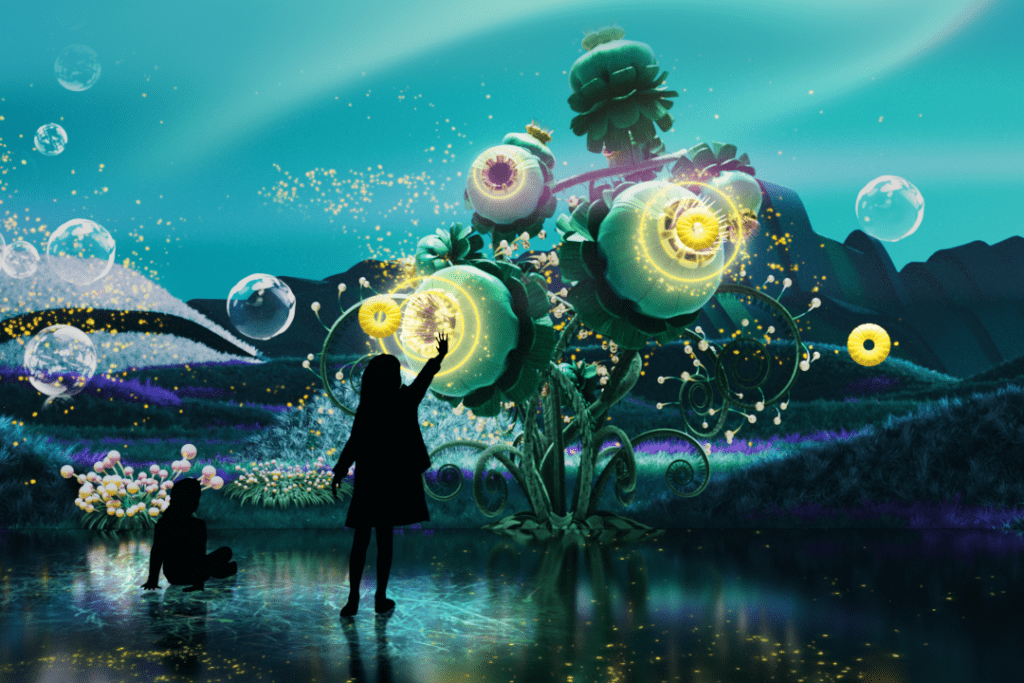
How do you breathe new life into experience formats? flora&faunavisions’s Founder & Principal, Leigh Sachwitz, gave 3 tips gained from The Genius Immersive Experience, a modern reimagining of Da Vinci’s artworks told through live-generated content, interactive spatial design, AI, augmented reality, and a 360-degree soundscape…
- Use new technology to liberate your imagination.
- Blend linear and interactive storytelling.
- Adapt to your space and your audience.
Read Sachwitz’s tips in full in How To Craft Digital Experiences That Move People.
4. How To Make Memorable Merchandise That Sells
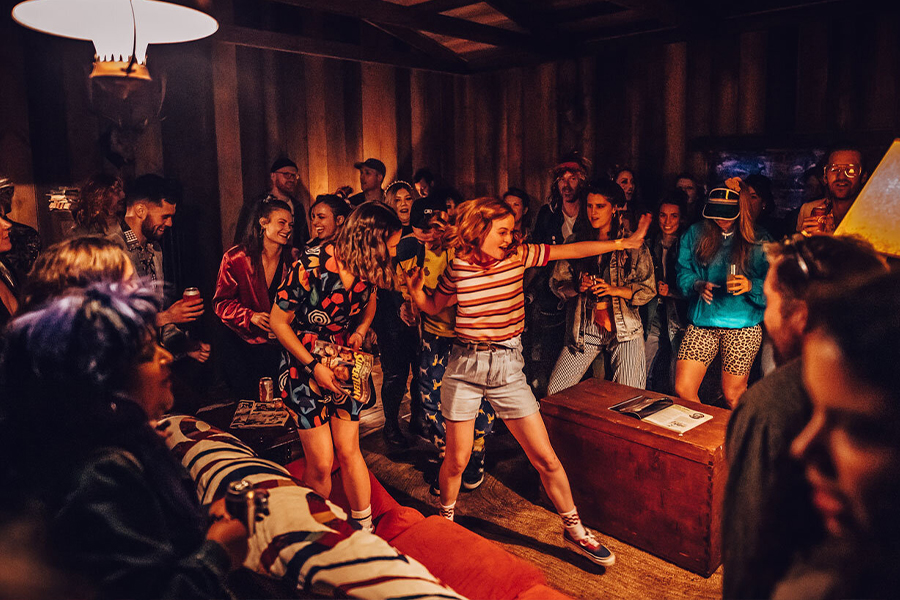
Why should you ask your audience to dress up? For one thing, it makes for a more immersive experience – you “can’t see the seams”. But done right, merch and costume can also build social engagement, promote your experience to future audiences, and provide an impactful income stream.
Of course, getting all this right is a balancing act – and mistakes can be costly, wasteful, and time-consuming. So to help you figure out how to maximise your merch strategy, Becky Bevan, former Head of Creative Apparel & Merchandise at Secret Cinema, shared her 8 essential tips for designing products that your audience will love and your bottom line will thank you for.
Here are the first 3…
- Align your show creative with your brand creative. When the merch helps drive the narrative, everything clicks.
- “Find the “brand within the brand”. Make it specific and unique to your experience, especially if dealing with very popular IP.
- Design a range for multiple entry points. Think budget, level of immersion, and genre.
Read more of Bevan’s tips in 8 Ways To Make Your Merch Memorable.
5. How To Create Cultural Experiences That Transform People & Places
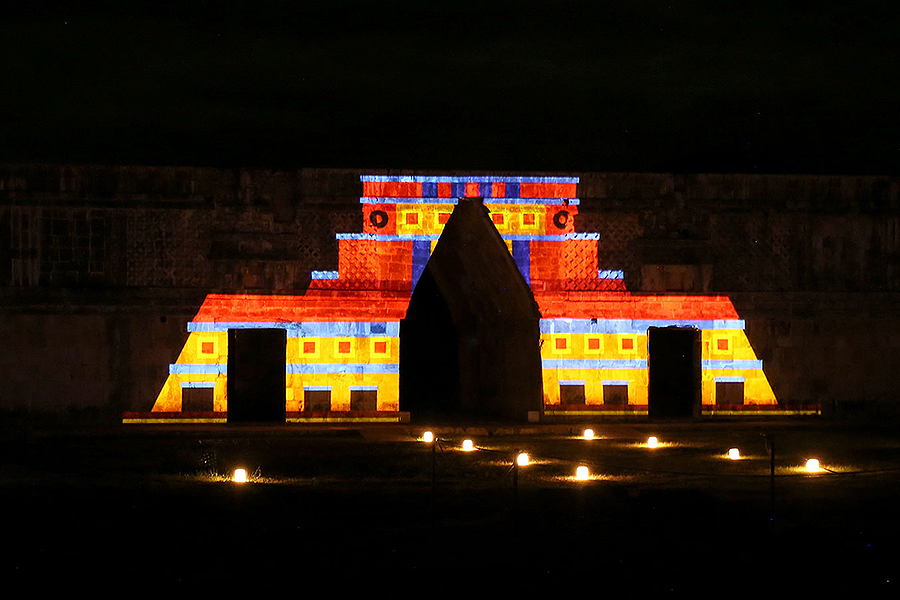
How do you make people fall in love with your ideas? Multimedia entertainment company Cocolab International shared their secret of “creative generosity” in manifesting your vision and bringing people along. Alejandro Machorro and Miguel Melgarejo let us in on their tips for inspiring transformation through culture in your experiences, including…
- Hack cultural elements to create a renewed sense of awe.
- Your tech must serve your meaning.
- Always focus on the universal.
Read more of Cocolab’s insights in Inspiring Transformation Through Cultural Experience.
6. How Creative And Operations Can Work Better Together
What are your rules for creating happy experience teams? Operations expert and Disney alumni Jennifer Kloote Quick spoke about the brand’s “three-legged stool”: cast, guests, and business results. You need all three legs for the stool to balance – and operations is a crucial part of keeping your cast (or team) happy.
These are Disney’s 4 rules for cast member expectations:
- Make me feel valued when I come to work.
- Treat me as an individual.
- Respect me.
- Make me knowledgeable, develop me, and know my job.
Read more of Kloote Quick’s rules for happy teams in What Creatives Can Learn From Operators: Learnings From 20 Years At Disney.
7. How To Write Stories For Immersive Experiences
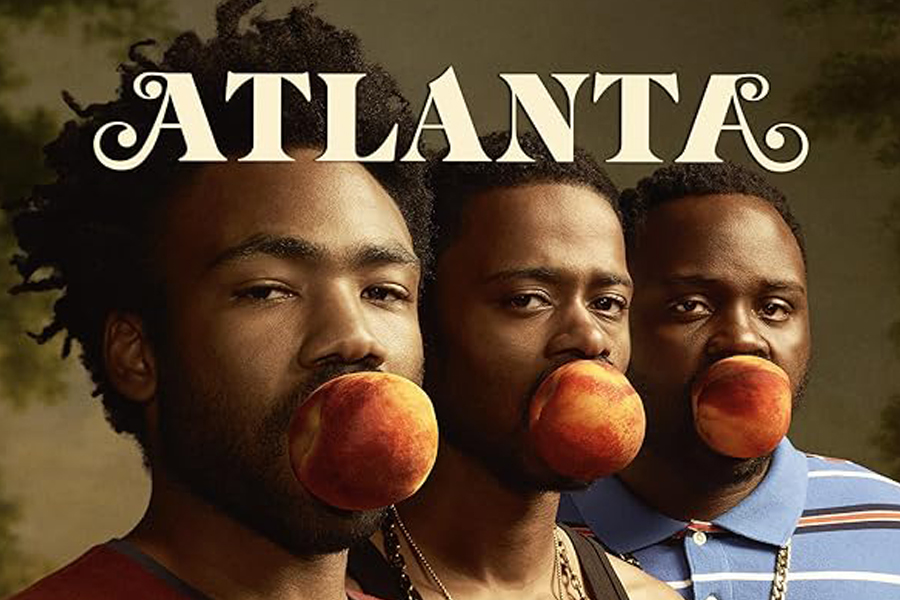
Story iconoclast Christopher Morrison wowed us with a searing, seriously clever and sweary rollercoaster ride through why the Hero’s Journey is no longer fit for purpose – and how we might do better. He shared 4 story structures pioneered by the likes of Jane Alison:
- The Wave. The peak of the story is in the middle, after which point the story collapses in on itself. See: Psycho, Gone Girl, Parasite.
- The Wavelette. A series of ripples or small peaks adding up to lots of information. See: Atlanta Season 3, Fleabag, Euphoria.
- The Spiral. Playing with time displacement, mirroring, repetition and place. See: In The Mood for Love, Russian Doll, Everything Everywhere All at Once.
- The Radial. The climax comes in the first scene, and everything explodes from there. See: Rashomon, Dunkirk, Groundhog Day.
Discover more alternative story structures with Morrison in Why Everything You Know About Immersive Storytelling Is Now Wrong.
8. How Experience Design Will Save Our Cities
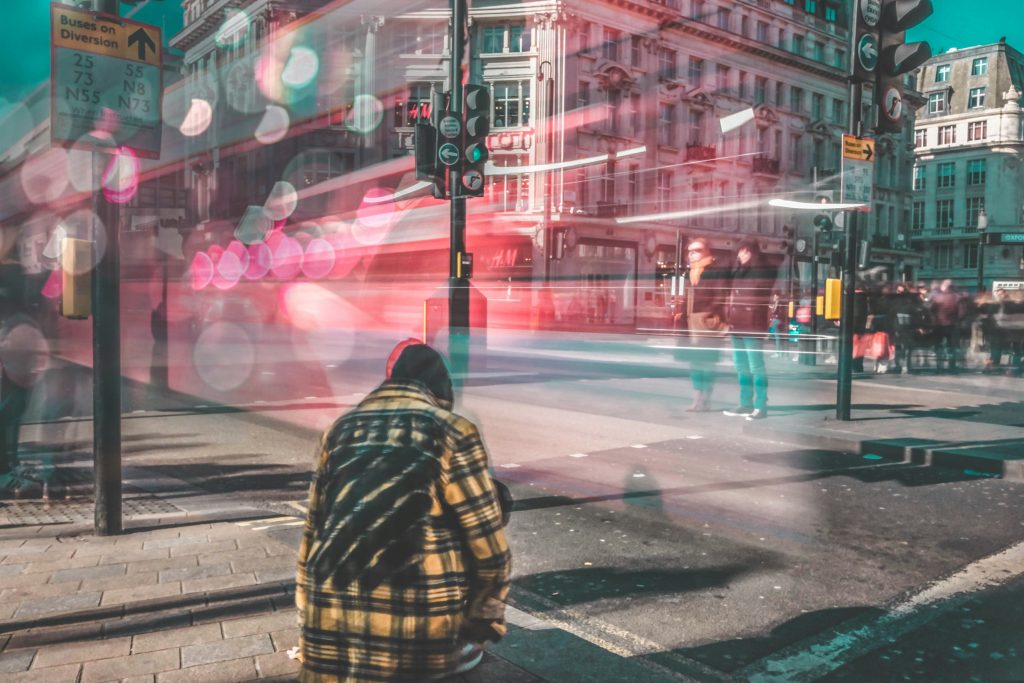
Cities used to be great engines for collaboration and competition – but somewhere along the centuries, we’ve lost our way. Rapid urbanisation, the loneliness epidemic, bombastic yet homogenous architecture, and soaring real estate vacancy rates are all impacting on the health of our cities and the people that live within them. But according to Adam Scott of FreeState, who’s been working on solving these problems through experience design for the last 20 years, there is another way.
He thinks our cities need an experience-led approach, and has developed the City-Life-Ecosystem framework to light the path ahead. Experience design currently sits in the Creation-Activation and Software sections of the ecosystem. But Scott believes that experience designers have potential to reach far beyond.
Read more about Scott’s framework and where you might fit in at Your City Needs You: How Experience Design Will Save Our Cities.
9. How To Design For Belonging In Your Experiences
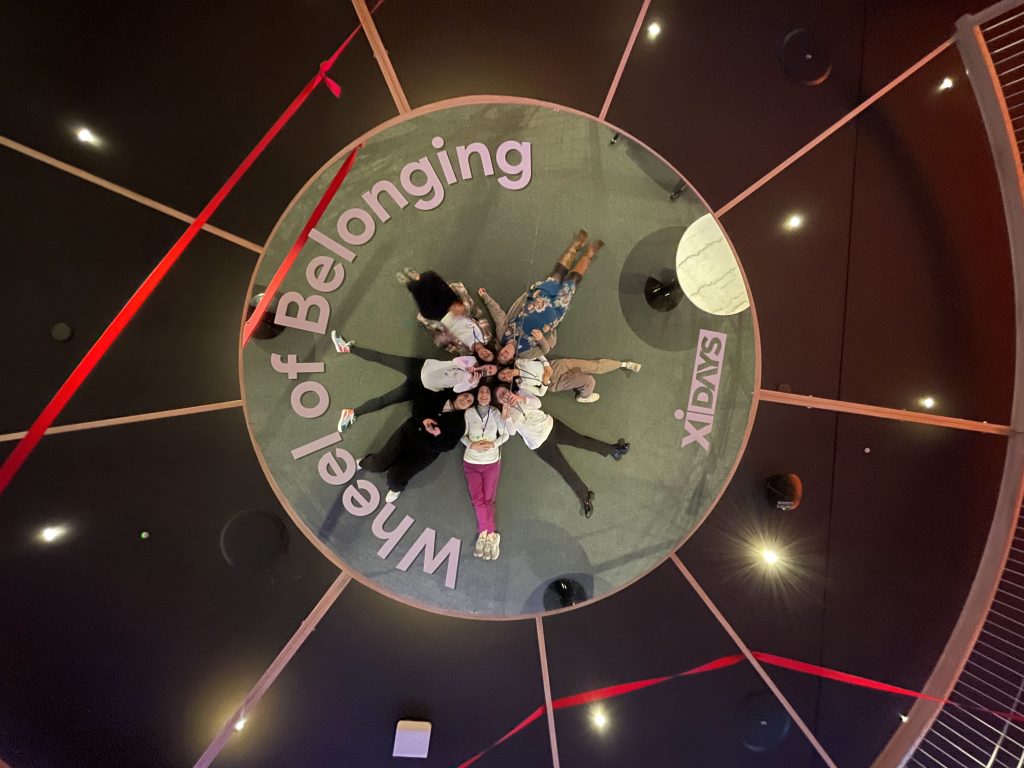
As Katy Mull from Storycraft Lab says, “Belonging isn’t binary: it’s complex and the journey is different for everyone.” However, thanks to research that Storycraft Lab is doing, they’ve identified “8 Ladders to Belonging” that experience designers can use to increase it in their experiences. And with belonging being the number one value in the US – and consumers prepared to pay 12% more for products and services that align with their values – it’s a journey that’s worth going on not only to improve people’s lives, but also solve commercial problems.
- Empowerment: a pathway of action and ignition.
- Purpose-full: a pathway of intention.
- Fulfilment & Joy: a pathway of happiness.
- Freedom to be: a pathway of acceptance.
- Love & Appreciation: a pathway of recognition.
- True Authenticity: a pathway of self-actualisation.
- Universality: pathways of connection (solitary, serendipitous, and social).
- Thinking Differently: a pathway of transformation.
Read more about how to build the case for belonging in How To Design For Belonging In Your Experiences.
10. How To Design Transformative Learning Experiences
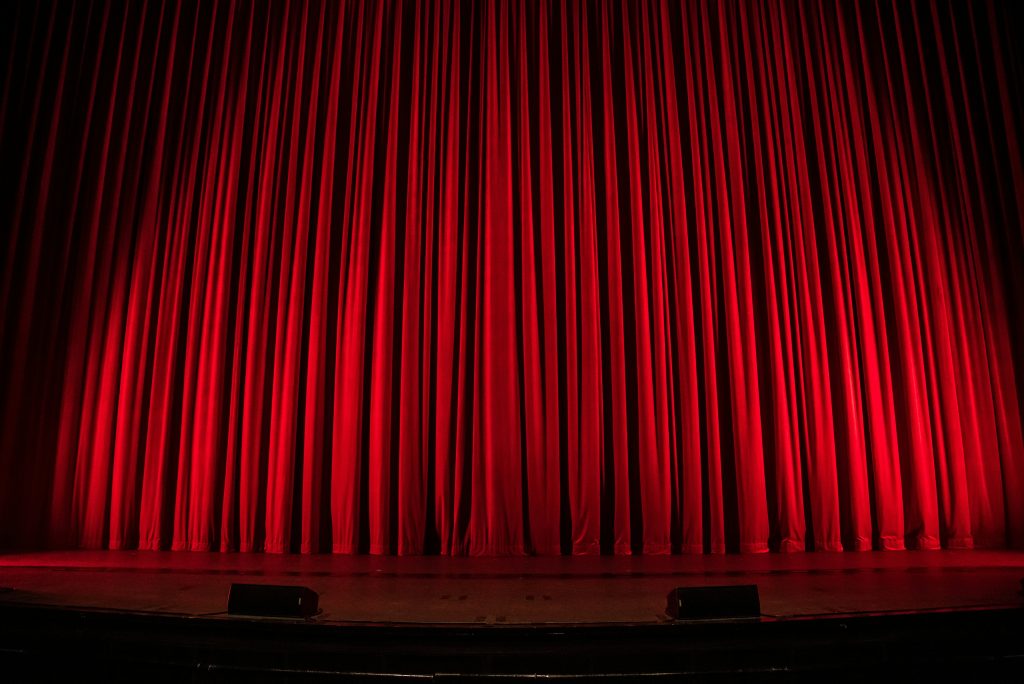
All the world’s a stage, and all the men and women merely players. Or from an experience design perspective… all life is roleplay.
We try on new roles everywhere we go – at work we might be professionals or students, but outside of this we’re also friends, parents, children, musicians, artists, climbers, guides, and so on (and on). The role of the learning experience designer is to prepare people for a new role they’re going to play, or help them to create a new role for their future self. Learning enabler Bernd Gibson shares how he designs experiences that transform participants into these new roles.
To build the stage for transformation(s), you should:
- Start with a safe space. Without emotional and psychological safety, there is no sharing or learning. This is where learning institutions often go wrong – people are scared to have bad grades or mess up.
- Lead with the learner. Similar disciplines like instructional design start with the content, but to transform we must start with the person.
- Create experiences. These can be a game, mystery, challenge, simulation, roleplay, and so on. One experience isn’t enough: there has to be a whole series lined up in a particular way to create a learning journey that leads to transformations, for example from easy to very difficult.
Read Gibson’s full learning transformation framework in All The World’s A Stage: How To Design Transformative Learning Experiences.
Want to come to live Campfires and join fellow expert experience creators from 39+ different countries as we lead the Experience Revolution? Season 10 of the WXO Campfires starts in April 2024 – find out more here.

